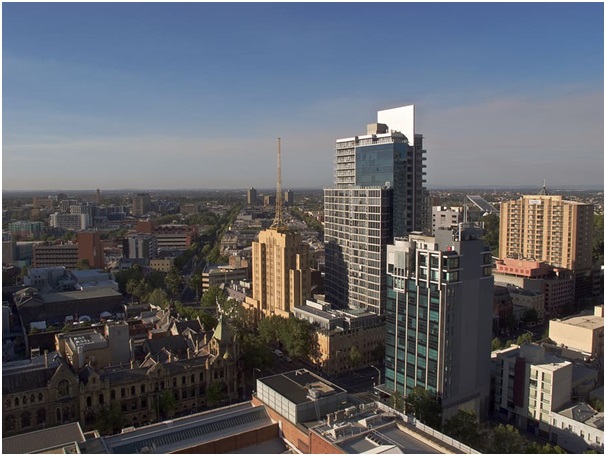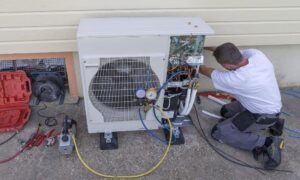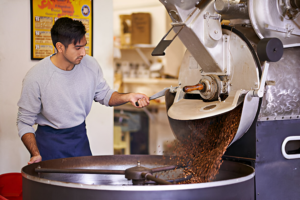
It’s hard to escape the dominance of the economic impacts of COVID-19 in media and business reporting. Governments and businesses around the nation have been focused on it, and there hasa been a range of responses aimed at addressing the impacts on commerce. Concerningcommercial property, the impacts are evident for both landlords and tenants.
Retail property is particularly heavily hit, with significant reductions in retail shopping traffic as a consequence of social isolation measures. Of course, there has been considerable debate around the respective roles of tenants and landlords with respect to rent relief. Various government approaches around the country have been either applauded or criticized – the Queensland government coming in for particular criticism for introducing measures heavily weighted against landlord rights.
In this context, the Victorian government has been seen to attempt to strike the balance right, introducing a 500 million dollar rent relief package aimed at securing positive outcomes for both landlords and tenants. Some $420 million of that is targeted land tax relief for landlords aimed at providing them scope to ease the burden on tenants who have experienced declining business conditions. This is one of a raft of government funding responses to the unprecedented economic challenges facing Victorian businesses, and time will tell whether or not it is more or less effective in staving off the worst of the impacts.
However, while governments are quite rightly focused on the immediate responses to the COVID-19 challenge, some in the economy are looking to opportunity and what happens beyond the current social and economic lockdown.
The question we ask is, what are the opportunities that will emerge in the commercial property sector over the next six to twelve months?
One of those opportunities relates to light and medium manufacturing. A key impact of the pandemic has been the reduction in export/import activity driven by a range of factors including some negative sentiment to Chinese manufactured goods, dramatic increases in freight costs, and an emerging sentiment towards reinvigorating Australian manufacturing.
With travel expected to be muted for at least twelve months, and governments are looking to increase economic stimulus and job creation in Australia. It is only logical that light and medium manufacturing enterprises will be favorably supported as the economy starts to open up again.
In the office space, while there are immediate challenges. There will undoubtedly be material changes in the way Australians work in the future. There is also likely to be ongoing growth in demand for quality office space, particularly in urban and peri-urban areas – that is, outside CBDs. This emerging trend taps into pre-virus trends, which saw an increased interest in outer suburban quality office space, offering a broader range of amenities for workers without the commute.
Another interesting observation is, while shopping center retail in Australia is still subdued, analysts looking at trends in other economies. Even singapore have noted that shopping center retail and foot traffic has lifted substantially and is approaching nearly the levels experienced before the pandemic. Is this a sign ofAustralia’s recovery? It’s hard to know at this stage, but the indications are positive.
Whichever way the economic recovery shapes up, there is no doubt that the way business is done will change, and that will have implications for the commercial property sector. The challenge is to recognize the negative impacts and look for new and emerging opportunities.Melbourne’s south-eastern property market presents several unique opportunities to capitalize on the new economy.







